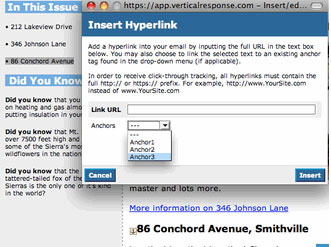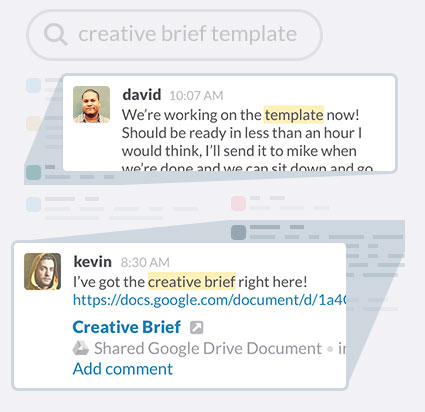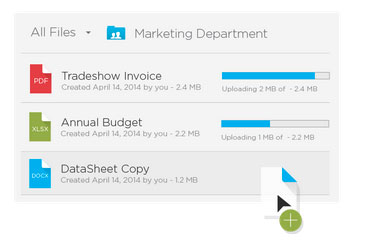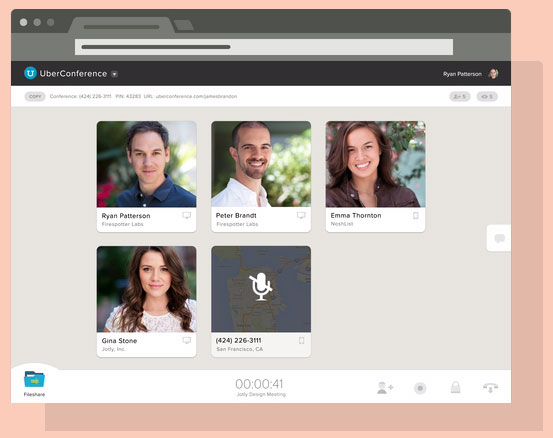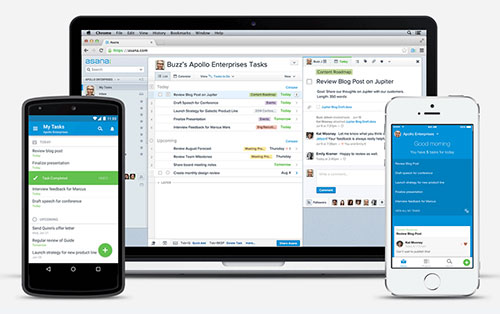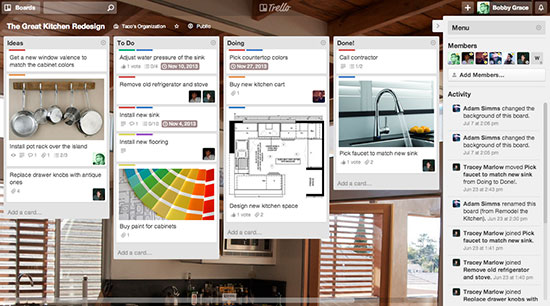
8 Easy Ways to Streamline Internal Communication
The world has changed significantly recently, and businesses must adapt to the new situation. Your team needs information to be focused, coordinated, and, most importantly. Internal communication is essential to keep team members informed and focused on the task during these tough times.
In the workplace, effective communication is more crucial than ever. It’s becoming increasingly obvious that corporate work environments won’t return to their pre-pandemic norms as more businesses choose long-term remote work. The same level of consideration and planning must go into internal communications for partner, customer, and recruiting communications.
In today’s world, it’s easier than ever before to access information and communicate from anywhere. Your employees aren’t always in the same place at the same time, but that doesn’t mean they can’t communicate effectively. Thankfully we live in a time when communication can be streamlined using tools built specifically for promoting better business communication and productivity in the workplace. Consider these eight ways to streamline your internal communication strategy.
1. Send a company newsletter
We’re a fan of the monthly company newsletter; sending more than once a month can be over-kill. Use your newsletter as an outlet for summarizing news and updates. Inform your employees about sales goals and progress, as well as any press your business receives, new hires and anything else you feel necessary for the entire company to know. Keep your newsletter clear and to the point by adding a table of contents and anchor the headlines to their related sections. For longer articles, just use a short description of the article and add a link to the full article on the web.
2. Choose one tool for all company chats
Build a stronger working relationship amonst your employees, especially if your business operates in several different locations. The ability to chat in real-time increases productivity and builds a forum for your employees to feel comfortable sharing ideas. For secure, easy-to-use chat tools, check out Yammer, Hipchat and Slack. Chat one-on-one, in a group and invite clients to the conversation while controlling what they see.
All three tools save chats indefinitely, allowing you to reference previous conversations. Slack comes highly recommended by our Social Media Manager, Derek Overbey, due to its robust search functionality providing the ability to search entire conversations by keywords. You can also leave a conversation and pick up right where you left off upon return to the application.
Yammer is HIPAA compliant, so if your business is in the medical field or you have clients in the medical field, you’re permitted to chat away! Hipchat uses the same security protocol as online banks and allows you to deploy its service on your company server. Use all three applications on your phone, tablet or computer to chat anytime, anywhere.
3. Store and share files in one place
Protect the files you share with your co-workers and clients by using Dropbox or Box. Both services allow you to control the content being shared, along with the ability to manage who is sharing content. It’s important for your employees to access documents from one place, but you also need to make sure your documents are stored securely. Dropbox and Box provide solid security structures with strong encryption methods, password protected links, and superior access controls.
Box also provides the functionality to make live edits to shared content and automate workflows for reviews and approval. This is especially useful for franchises that need an easy way to manage brand consistency for marketing materials used by their franchisees.
4. Conduct conference calls from one, secure phone number
Every business needs a reliable conference call tool. Two recommendations are GoToMeeting and UberConference. Schedule conferences with multiple offices, loop in employees working remotely and schedule meetings with clients or vendors. Using both tools, you can see a picture of everyone included on the call and know who is speaking at any given time, which is a huge plus for businesses that have multiple locations.
Your employees may not know everyone in the company, so the ability to put a face to the people they’re working with helps build a stronger community.
Both tools are simple to use and allow you to record your meetings. One of the advantages UberConference has over GoToMeeting is the ability to use the same phone number you signed up with. Check out both to find the tool that best fits your business needs.
5. Manage projects from one dashboard
If you aren’t using a project management tool, it’s time to consider using one. It’s essential to keeping all communication regarding projects in one place. With tools such as Asana and Trello, you can manage workflows smoothly and efficiently. Both applications require minimal effort to set up and are easy-to-use.
Asana designed its layout to appeal to those who are more ‘list-oriented’. Using Asana, you can create ‘to-do’ lists, manage projects via the calendar function, assign tasks to tags and easily keep track of project updates.
Trello has more of a visual dashboard that displays projects as boards. Each project board allows you to create cards where you can add comments, upload files, and assign tasks. Drag and drop cards to lists to keep track of progress.
Set up a free account with both to find out which layout you prefer.
6. Determine roles and assign goals
Inadequate information channeling is among the first issues that can restrict efficient communication. Relaying the appropriate information to the appropriate party is essential in highly structured organizations.
It is important to manage employees given specific job roles so that their objectives align with organizational goals. A professional should communicate with individuals based on their job roles and responsibilities. To distribute information effectively, you should have a verification and authorization process.
7. Use a project management system
Very identical rules apply when it comes to communications. More communication routes are accessible than ever, which is a benefit and a burden. Of course, that means we’re all able to communicate swiftly and easily with individuals all over the globe. But, when individuals have unique preferences – and segregated channels – things can become fairly fragmented, with lost information, duplicated effort, and messages strewn all over the place.
It may easily lead to uncomfortable circumstances where you need to be more precisely what’s been accepted and discussed and how to take things ahead. There’s good news, too – increasingly, project management solutions are available to store all that conversation in one place.
8. Segment and map out your audience
Once you know what may improve your internal communications strategy, it’s time to choose who to target. Your material should always target a particular audience, even when it’s internal. It’s crucial to find out what messages and forms will connect with various personnel in your firm.
Another significant myth is that to have a good internal communications plan, you must involve everyone in all messages for transparency—that’s not true. Even if your staff members want to be up to speed on business news, if you give them too much information, they may start to disregard updates as they come in.
Reduce information overload by planning your communications strategy strategically. Your internal communications strategy should be centered on providing relevant information to the appropriate individuals at the right time rather than distributing the same information to everyone (regardless of position, location, or department).
Important point: Even if you have all the tools, only publish newsletters once a month.
FAQs
What is internal streamlining?
Streamlining business procedures leads to a rise in the efficiency of a firm. It employs the newest process modeling methods to eliminate waste, streamline activities, and avoid needless stages.
Why is simplified communication important?
Now, utilizing Streamline in communication enables workers to spend more time on critical activities and not linger in waiting for information to be exchanged as procedures are automated and fast-paced. It will help your company expand as your staff will have improved productivity.
What are internal communication methods?
Downward communication is the typical way many people automatically connect with internal communication. It may be an email, a letter, a memo, or a spoken order. Types of downward communication include Corporate aims.
Which four elements make up efficient internal communication?
Effective business communication is fundamentally about understanding and empathizing with your audience. Focus on five pillars: listen, engage, connect, inspire, and guide to match your communication strategy, solution, and synergy.
What serves as internal communication’s primary objective?
Internal communication aims to provide an efficient flow of information across departments and coworkers inside a business. It is true for all levels of management and staff. It also functions among staff members who are communicating with one another at work.
Conclusion:
It’s time to rededicate yourself to an audience that is often ignored. An effective corporate communications strategy fosters increased employee engagement, which leads to stronger productivity, profitability, and decreased turnover—all factors that may help your organization succeed as you negotiate remote and hybrid work.
Utilize these 8 strategies to improve internal communication. You’ll be well on your way to promoting an atmosphere where your staff members feel free to share opinions and ideas, which will encourage creativity, greater productivity, and positive business culture.
Want more marketing tips? Sign up for our weekly newsletter!
© 2015 – 2018, Contributing Author. All rights reserved.
